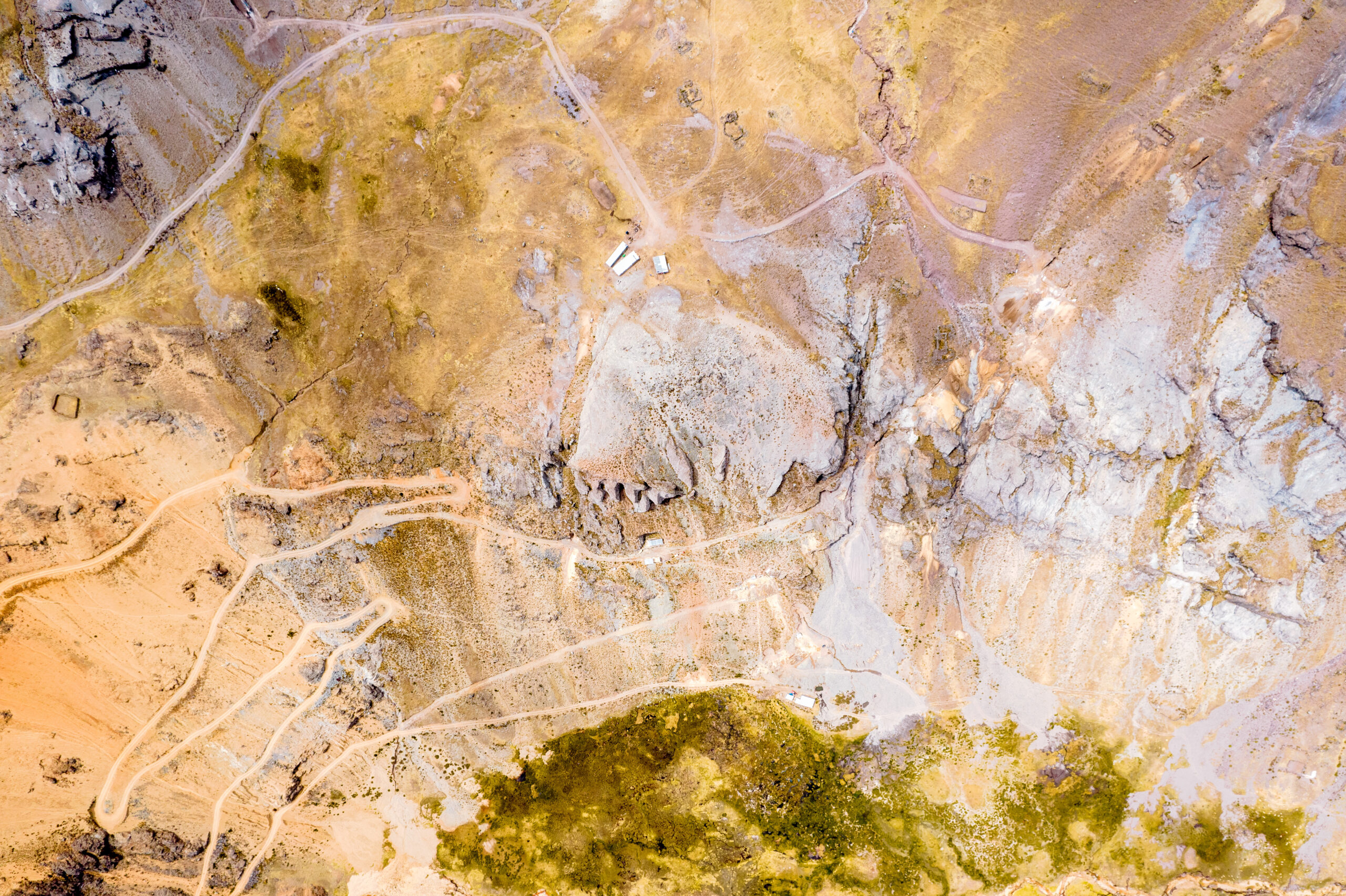Silver Market Trends 2022
Silver Market Trends, 2022 — As a precious metal, physical silver finds itself in a small group of commodities such as gold, platinum, and palladium because of its sought-after characteristics and use across various sectors. Precious metals can help investors by providing a hedge against inflation, but they can also serve as a buffer to diversify your portfolio, protecting you against risk. While demand for silver has been constant, prices can fluctuate frequently, and that’s primarily been the case in 2022.
Q1 2022 Silver Market Trends
Silver spent the first quarter of 2022 making moderate gains as demand strengthened. By the end of the three-month period, the metal’s price was more than 8.5 percent from January 2022. Through growth in the retail sector, an increase in supply continues to be anticipated — hence stellar demand.
Precious metals like silver are usually tied to U.S. monetary policy and gold price activity. Interest rate hikes are also a factor. But what’s becoming increasingly common amid the rise of electric vehicles (EVs) is the upside of the green economy, a sector in which silver already has a strong presence due to its use in photovoltaics (PV) for solar panels and other technologies.
As sustainability initiatives continue to grow among companies across all sectors, we can expect steady future growth, especially with renewed demand from the industrial fabrication segment recovery from COVID-19 closures and disruptions. Still, ESG experts expect solar panel demand to remain strong, which could positively impact prices, translating into gains for investors.

We’ve compiled a list of factors driving silver prices in 2022.
1.) Sustainability and Renewable Energy
The solar industry relies heavily on silver for its application within solar cells, and the sector has seen significant growth with rising energy costs. This trend is likely to continue as more countries’ green’ their economies and energy prices remain elevated. As attitudes change on tariffs and production, the cost and attractiveness of the Technology could see the PV sector account for more than 10 percent of all silver consumption.
2.) Supply and Demand
Like any commodity, silver can fluctuate in price — primarily due to its scarcity and high demand. When market trends increase demand, such as the solar panels mentioned above, it generates more buying and creates upward price pressure. Conversely, delays during mining operations could cause prices to spike in the short term.
3.) U.S. Dollar
Like gold and other internationally traded commodities, silver prices coincide with the movement of U.S. dollars. So, a decrease in the value of the U.S. dollar often sends precious metals prices up. As with gold but to a lesser extent, the value of silver, a fiat commodity currency, will also be determined mainly by its attractiveness relative to other fiat currencies — the fiat paper currencies issued by central banks.
4.) Metals production
Most silver emerges as a by-product from the mining of other metals, particularly from lead/zinc operations. Only around 30 percent of output comes from so-called primary silver mines, where silver is the main source of revenue. This is critical to the price of silver because production from primary silver mines is much more likely to move the price of silver versus a discovery at by-product silver production.
5.) Technology
New technology is helping to replace silver with more economical options for everyday applications. Aluminum alloys have proven acceptable replacements for mirrors and stainless-steel flatware seen in many households. Still, demand for solar photovoltaic systems and many green applications generally make technology a net bullish factor for the silver market.
6.) Trending economic circumstances
Another factor that can cause people to spend money is good economic times. Items like silver jewellery and silverware are everyday items that contain this precious metal. The health of emerging markets can determine how much consumers spend, leaving room for seasoned investors to capitalize on these trends. In times of economic uncertainty, while consumers tend to spend less, items such as luxury products, including watches and fine jewellery, can be in high demand.
7.) Inflation
Silver, along with other precious metals such as gold serves as an effective diversifier in your portfolio and protects against losses that come with the dollar’s devaluation.
8.) The price of gold
The ‘brother and sister’ of precious metals, gold and silver prices tend to move in tandem. As the price of gold moves up or down, silver prices typically follow. A mix of silver mining stocks and gold mining stocks is an effective way to diversify one’s portfolio.
9.) Government regulations and policies
Gold and silver markets have long been influenced by government decision-making and policy. When investors and financial institutions buy gold, they typically buy other precious metals such as silver. This can cause price increases or decreases based on investor demand.
Bottom line:
When it comes to silver market trends, investors interested in long-term and secure growth, turn to precious metals like silver to offer protection against a fluctuating U.S. dollar. Precious metals can also serve as an essential bargaining chip when markets are favourable. And with sustainability initiatives continuing to develop as companies prepare for a net-zero future, silver and its uses will prove beneficial.
Sources:
https://materials-risk.com/silver-prices-the-top-10-most-important-drivers/
